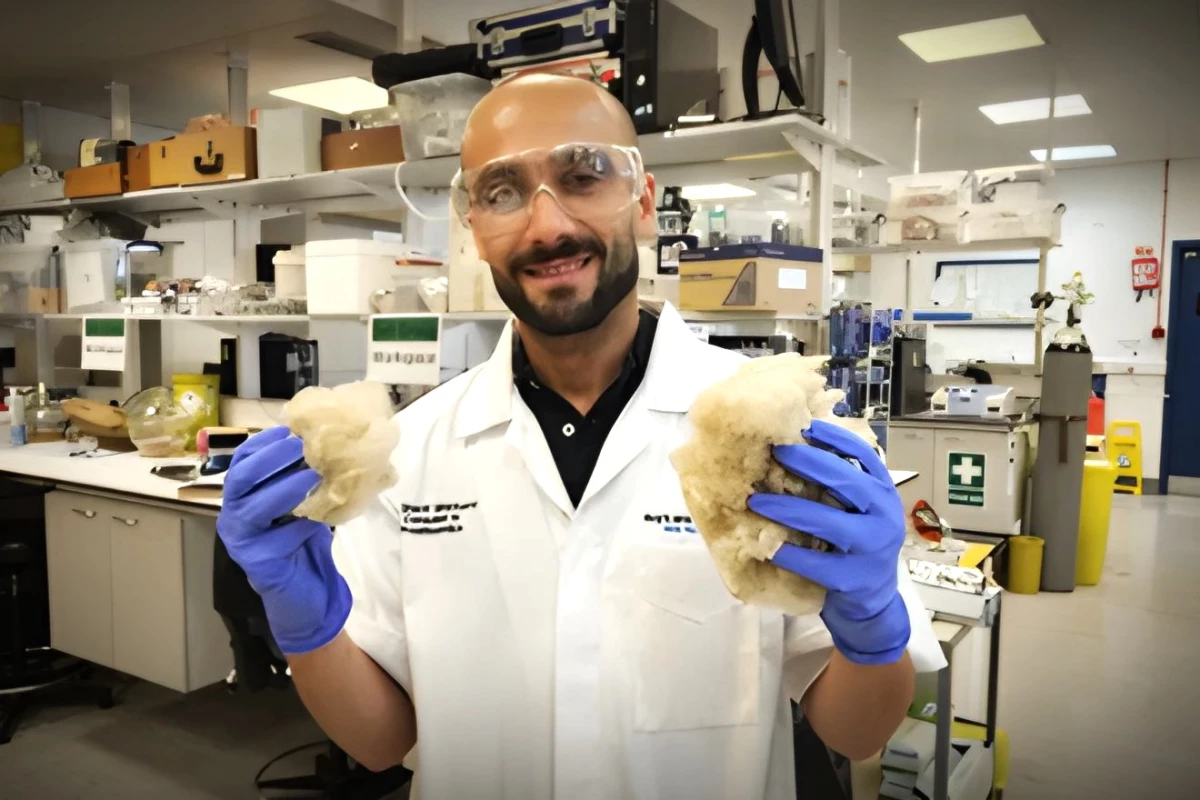Would you use a toothpaste made from human hair if it promised to protect, repair, and reduce pain in your teeth better than anything on the market? That might be a question you'll have to contend with one day, based on new research out of London.
You might already know that toothpaste enhanced with fluoride can be an effective way to slow down the erosion of enamel on your teeth, which leads to pain, cavities, and eventual tooth loss. But no matter how rigorous you are with brushing, such toothpastes can only get you so far, and once lost, enamel can not regenerate itself. Now, researchers out of King's College London think they might have a better way.
In seeking a more powerful tooth treatment, a team of researchers there first extracted keratin from hair. In this case, the hair was wool that came from sheep, but the same substance can be found in pretty much all animal hair, including our own. Keratin, which is a protein, is also found in nails, skin, and some internal organs where it functions to provide structure and help protect against mechanical stress.
The researchers found that their keratin-based paste formed a crystal-like scaffold when it came into contact with saliva. This scaffold was able to attract and bind with calcium and phosphate ions, which basically mimicked the function of enamel in protecting and repairing the tooth. Unlike fluoride that can simply slow decay, the team found the keratin-based paste was able to stop it completely in tests.

In addition to being more effective, the researchers feel that a keratin-based tooth treatment offers several other advantages.
“Keratin offers a transformative alternative to current dental treatments," said Sara Gamea, first author of the study, which has been published in the journal Advanced Healthcare Materials. "Not only is it sustainably sourced from biological waste materials like hair and skin, it also eliminates the need for traditional plastic resins, commonly used in restorative dentistry, which are toxic and less durable. Keratin also looks much more natural than these treatments, as it can more closely match the color of the original tooth.”
The team says that a keratin treatment could take the form of a daily toothpaste, or as a gel could be applied at the dentist's office, and hopes it will be made available for public use within two to three years.
“We are entering an exciting era where biotechnology allows us to not just treat symptoms but restore biological function using the body’s own materials," says senior study author Sherif Elsharkawy. "With further development and the right industry partnerships, we may soon be growing stronger, healthier smiles from something as simple as a haircut.”
Source: King's College London






